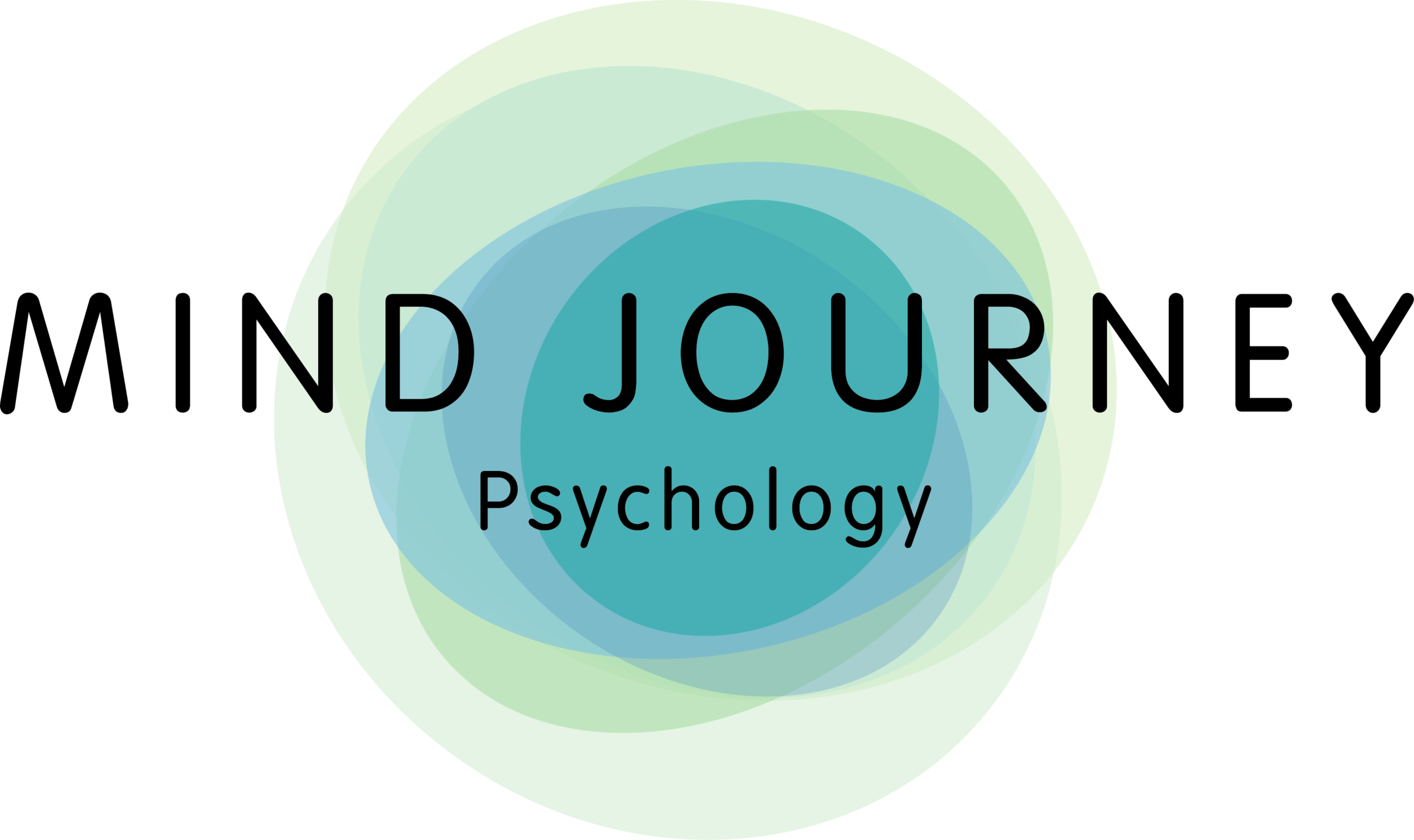Mindfulness for difficult times
This year has brought with it many challenges, uncertainties and difficulties. The following short mindfulness practices may help to keep you grounded and centred as you navigate the holiday season and move forward into a new year. Wishing everyone a safe, peaceful and relaxing festive season.
These short meditations are from Jeffrey Brantley, MD, a consulting associate in the Duke department of psychiatry, and founder and director of the Mindfulness Based Stress Reduction (MBSR) Program at Duke University’s Center for Integrative Medicine. He is author of Calming Your Anxious Mind, and co-author of Five Good Minutes.
Go With the Flow (Of Your Breath)
The busyness and frantic pace of modern life can seem unending, overwhelming, and inescapable. In truth, relief is only a mindful breath away.
You can connect with a deep sense of inner calm and spaciousness by practicing mindful breathing.
• Breathe mindfully for about a minute.
• Set your intention. For example, “May this practice give rise to deep peace within me.”
• Sit quietly, and set all your burdens down—the inner ones and the outer ones.
• You don’t have to do anything else. You don’t have to make anything happen. Just allow yourself to relax, soften, and observe, following the breath sensations, and the movement of your attention between breath and other things.
• End by opening your eyes and moving gently.
Wish Yourself Safety
The feeling of safety is priceless and often elusive. Even the possibility of safety may at times seem unreachable. There is profound power in the simple gesture of wishing safety for yourself. As a meditation, this practice is done in the same spirit of a parent holding a frightened child and lovingly whispering soothing words.
• Breathe mindfully for about a minute.
• Set your intention. For example, “May this practice support a deeper peace and ease in me.”
• Relax, let your eyes close, and imagine a picture of yourself.
• Bring compassionate attention to yourself, as a parent would to a child.
• For the next few minutes, imagine speaking directly to yourself, whispering a phrase like “May I be safe from all harm,” or, “May I be protected from all inner and outer harm.” Wish yourself safety with the same spirit you would wish a dear friend a safe trip.
• End by opening your eyes and moving gently.
Really Taste Your Food
Where is your attention when you eat? Do you ever see an empty plate before you and wonder who ate the food?
Do you ever eat from boredom or worry, instead of hunger?
This practice invites you to become more mindful as you eat. By paying mindful attention as you eat, and connecting to the unfolding experience, including your inner life, you can find more pleasure and the possibility for a healthier life.
• When you sit down to eat breakfast, breathe mindfully for at least a few breaths.
• Set your intention. For example, “May eating mindfully make me healthier.”
• As you begin to eat, with the very first bite, pour all your attention into the process. Notice how the food looks, smells, and tastes for each bite. Notice sensations of chewing and swallowing.
• Let go of all other thoughts, plans, reading, television, computers, music—all of it.
• For the next few bites, just pay attention to your experience of eating, including your inner life, allowing it to unfold without interference.
• Enjoy! Discover! Become healthier!
Feel Your Connection With All Things
Using phrases linked to the process of inhaling and exhaling, this practice offers the opportunity to explore your connections in the web of life.
• Breathe mindfully for about a minute.
• Set your intention. For example, “May this practice open my heart more deeply.”
• Focus attention on your breath.
• Link silent phrases with each in-breath and out-breath as follows:
“Breathing in, I feel breath supporting my life.”
“Breathing out, I say ‘thank you’ for being alive.”
“Breathing in, I know all living things must breathe.”
“Breathing out, I feel my connection with all living things.”
“Breathing in, I wish happiness and peace for myself.”
“Breathing out, I see that all living things wish happiness and peace.”
• Explore linking your breath to any other phrases that appeal to you.
• End by opening your eyes and moving gently
Safe with Me
One of the greatest gifts you can offer another is a feeling of safety in your company.
By learning to better manage your own disturbing states of anger and fear, you make your presence safer and more inviting to others.
Try this practice for working with your own anger and fear:
• When you notice you are upset or angry, mindfully offer compassion to yourself.
• Breathe, listen, or move mindfully for about a minute.
• Set your intention. For example: “May I manage my own anger and upset wisely.”
• Stop fighting the anger or fear. Stop feeding it, too. Try making space for it. Feel it in your body. Whatever you feel, breathe mindfully with it.
• Notice any anger- or fear-driven thoughts. Don’t fight or feed them, either. Acknowledge them and let them go. Breathe mindfully with them.
• End by offering yourself an affirmation. For example: “I am stronger and wiser than this upset.”
• Move forward.

